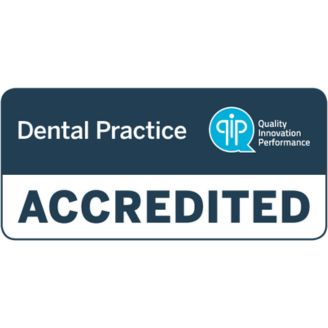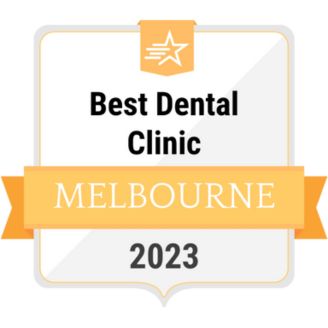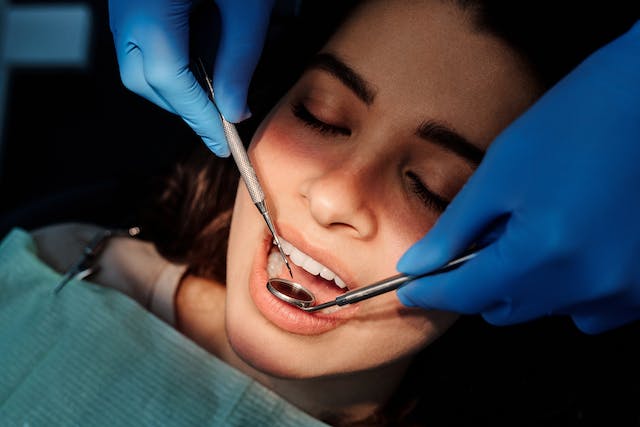If you’re considering Invisalign in Melbourne, our Melbourne CBD clinic provides Invisalign treatment through Lite, Moderate and Comprehensive programs depending on the level of movement required. Invisalign prices start from $3,500, and all costs are explained clearly at your appointment. If you’d like personalised Invisalign advice, you can book an online consultation.
Results do vary from person to person. To read more on treatment risks and considerations, please see here.











Invisalign costs between $3,500 and $8,900 in Melbourne, depending on the type of Invisalign you need, if attachments are required, and the goal of your treatment. For example, if you are straightening teeth that are only mildly misaligned, you can expect to spend less than if you were moving several teeth into new positions and addressing bite issues. We usually break our Invisalign costs down in the following way to provide you with a better understanding of your cost:
We have outlined the price range of Invisalign treatments and similar orthodontic options to help you compare your options. The breakdown includes a typical price range depending on the issue you are addressing and what is included with each option.
Treatment | Price | What's included |
Invisalign | From $3,500 to $8,900 | Custom aligners for the duration of your treatment, a smile preview, retainers, whitening, and regular check-ups |
Ceramic braces | From $6,500 to $9,500 | Complete orthodontic treatment |
Metal braces | From $2,000 to $8,000 | Complete orthodontic treatment |
To help you spread the cost of your Invisalign treatment, we offer several payment plan options. Our payment plans allow you to choose the frequency of your repayments, helping you get the dental treatment you need without worrying too much about the cost. We also offer interest-free payment plans that ensure you won't pay more for your treatment, even if you pay for it over several months. We have details on our interest-free payment plans below:
We offer interest-free payment plans with flexibility and easy management options. The simple terms allow you to easily understand what is included and you can see the details of our interest free payment plans for Invisalign below:
We have more information on our payment plans and eligibility here, or you can speak to us directly if you prefer. You can call us on (03) 9043 0483 or book a consultation appointment where we will discuss the cost of your treatment and payment options available.
The Invisalign treatment process will look slightly different for every patient, but typically, you will begin with a consultation before having your aligners fitted and return for regular checkups and adjustments. To help you know what to expect, we have detailed the treatment process below:
















Invisalign allows you to transform your smile, reducing crowding and giving every tooth the space it needs. Your Invislaign treatment can also help address bite issues and restore confidence in your smile. Check out our before and after photo gallery to see what your new smile could look like after Invisalign treatment.
Most people with minor dental imperfections are ideal candidates for Invisalign. Clear aligners can be used to treat a wide variety of dental problems, including:







The ideal candidate for Invisalign would be someone who's previously worn metal braces to fix any major orthodontic ailments before embarking on their clear aligners journey. They're also great for people who have crooked teeth or small gaps that need fixing rather than severe cases.






Invisalign treatment involves using clear aligners to move your teeth into their new position. It is an alternative to traditional braces, with a clear design that makes it less noticeable. Invisalign is recommended for minor to moderate orthodontic issues, helping to move your teeth and address bite issues to give you the smile of your dreams.
Invisalign uses clear aligners that apply gentle pressure to your teeth, moving them gradually into their new psoiton. Every two weeks, the aligners that you wear for most of the day are changed, to suit the new shape of your smile as your teeth continue to move. Once your teeth are in their new location, you will wear a retainer at night to maintain the new position of your teeth.
Invisalign can cost from $6,500 to $8,500, depending on the type of Invisalign you need, your desired outcomes, and how severe your misalignment is. We break our Invisalign treatments into the following categories with prices:
Invisalign treatments can take six months to three years, depending on the severity of your case. For some minor alignment issues, you can see results in as little as three months, but most patients will wear their aligners for several months. During your consultation, we aim to provide an estimated timeframe and updates at every checkup, so you know how long you have left.
Your aligners must be worn for 20 to 22 hours a day, and should only be removed to eat and drink. The goal is to keep your aligners in for most of the day so that they can gradually push your teeth into their new location. Aligners should only be removed when drinking something other than water or eating. After eating and drinking, you should brush your teeth before putting your aligners back in to keep them free from any food pieces or potential bacteria.
Invisalign is not painful, but you might experience some discomfort. The discomfort is usually described as feeling pressure on your teeth as the aligners guide them into their new position. You might also experience some tenderness or sensitivity on your teeth, but this does pass the more that you use your aligners and get used to them. Should you experience any sudden or severe pain, you should contact your dentist immediatley.
Invisalign cannot fix all orthodontic problems. Invisalign is typically used for minor dental imperfections, including crooked teeth, crowded teeth, overbite, cross teeth, open bite, gap teeth, and underbite. If your bite issues are severe, other orthodontic treatments might be recommended instead to help provide the results you need. To determine if Invisalign is right for your orthodontic concerns, we recommend booking a consultation with one of our expert dentists.
Invislaign attachments are small bumps placed on your teeth as part of your treatment. These SmartForce attachments are practically invisible and are custom-made to fit your teeth, guiding your teeth into their new position. The attachments will connect to your clear aligners and give them something to push on, applying gentle force to help move your teeth into their new position. Not everyone needs these attachments to help achieve their new smile, and we can discuss with you directly whether these are necessary at your consultation.
You need to contact your dentist immediately if you lose your Invisalign aligner, as they can help you with a replacement. While you wait for your alignment, you can wear the aligner you wore just before switching to the new aligner, although this might be a little uncomfortable. You will need to wear an aligner, though, as missing a few days can hinder your progress. We recommend contacting us immediately if you misplace one of your clear aligners.
Yes, you need retainers after Invisalign. After your treatment, you must wear retainers at night to prevent your teeth from reverting to their original position. Your dentist will provide these retainers as part of your Invisalign treatment, and they must be worn every night and cared for properly to maintain good oral hygiene. We have a detailed guide on cleaning your Invisalign retainers and trays for you to check out.
Typically, Medicare does not cover Invisalign unless you have an Advantage plan. The Advantage plan must include dental benefits to claim Invisalign treatment. You might also qualify for Invisalign on Medicare if the treatment is deemed medically necessary. You will need to check your Medicare cover and speak to one of our dentists to see if your treatment is deemed medically necessary or not.